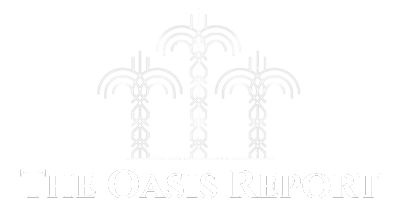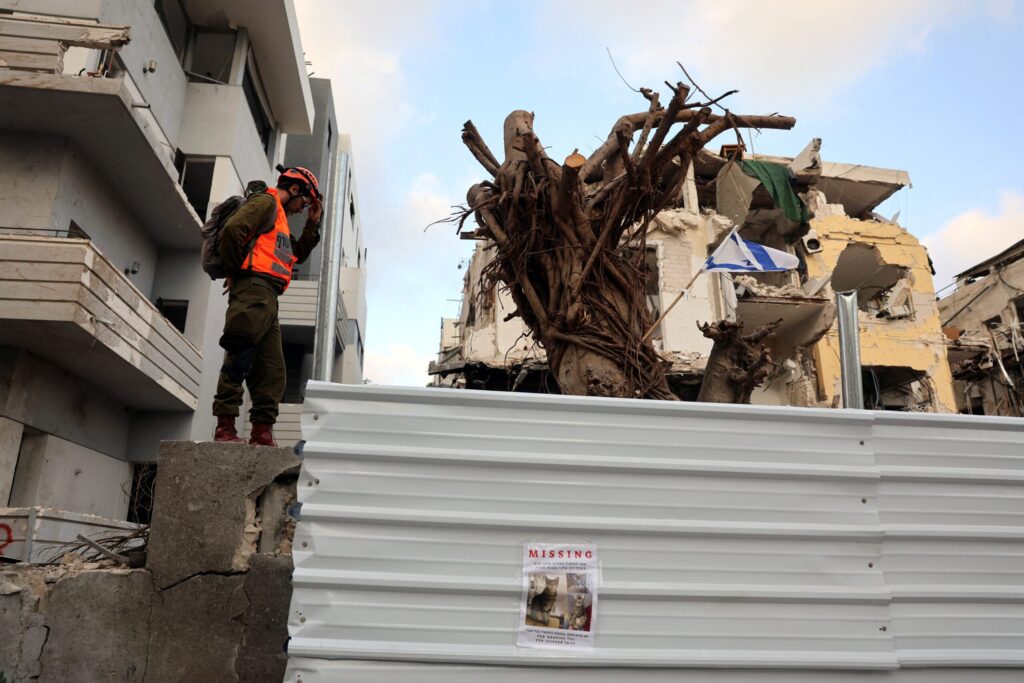Oil futures rising
Regional pipelines offer alternatives
Over the weekend, an Iranian general and member of parliament said that the Islamic Republic was “seriously reviewing” the possibility of closing the Strait of Hormuz, thereby threatening to cut an economic lifeline for Gulf oil producers.
Iran has also threatened to strike American bases in Arab countries, should the US enter further into the conflict with Israel, now in its sixth day.
Regional markets have however not yet taken fright, although the dangers facing Gulf economies are real and could prove difficult to mitigate, should the conflict escalate, analysts say.
Oil futures have risen, with Brent crude trading at $76, up by around 13 percent since the start of last week – a marked increase but not indicative of panic.
The Tadawul All-Shares Index, which tracks the Saudi bourse, the GCC’s largest, closed at a 20-month low on Tuesday, but is down less than 3 percent since the conflict escalated.
“The problem with the oil market is that it is also subject to psychological calculations and risks,” said Yasmine Farouk, the Gulf and Arabian Peninsula director at Crisis Group International. “Even if the supply is secure, it just takes the threat of war for the market to react.”
In a webinar on Tuesday, Fitch Ratings said it did not see oil prices passing $100 unless the US is drawn into the military confrontation.
James Swanston, Mena economist at London’s Capital Economics, was similarly sanguine. He wrote in a note that the oil market is set to be “well supplied over the next few months on the back of Opec+’s well-documented pivot towards a faster unwinding of voluntary output cuts.”
One problem is that oil analysts and regional residents have grown used to Iranian threats to close the Strait of Hormuz, a shipping chokepoint 21 miles wide at its narrowest point, through which between one-fifth of the world’s crude oil passes.
“We’ve heard about disruptions in Hormuz so often, we’ve kind of lost belief this is a real issue,” said Robin Mills, CEO of Qamar Energy and an AGBI columnist, “even though this situation is much more real and serious than anything we’ve had before.”
Mills pointed to the Houthi campaign in the Bab al-Mandab Straits in the Red Sea. This has demonstrated how a small force of fighters can disrupt to a larger shipping lane, which has seen traffic fall by more than half since 2023. “People are maybe not imaginative enough about what might happen,” he said.
The global logistics industry, of which UAE and Saudi ports are important nodes, has already been battered from pandemic-induced disruption and Israel’s war in Gaza.
Real estate and tourism are also likely to be affected negatively if the US enters the conflict, according to Justin Alexander, director of Khalij Economics.
“Real estate … is partly confidence driven. This could be somewhere where we could see signs of an impact most rapidly,” Alexander said.
If American assets in the region come into Iran’s crosshairs then the economies of Bahrain, home to US 5th fleet, and that of Qatar, which hosts the enormous al-Udaid airbase, may be affected. But Oman which is further afield and has good relations with Tehran is likely to be shielded.
The US Defense Department authorisation of families of military personnel to quit Manama was a signal of Israel’s impending military action.
Any decision by Washington to extend the same protocol to bases and diplomatic posts across the Gulf is likely to serve as a similar warning.
Saudi Arabia has however invested heavily in mitigating risks that its exports may be interrupted. In the 1980s, following the outbreak of war between Iraq and Iran, it invested in the East-West crude oil pipeline which connects the refinery of Abqaiq in eastern province to the Red Sea port of Yanbu.
In 2018, as tensions were rising in the Gulf, the kingdom expanded capacity at Yanbu to export an extra 3 million barrels per day.
The pipeline gives Saudi Aramco the ability to send much more, but not all, of its oil west.
“I’m not entirely sure if it [the Abqaiq-Yanbu pipeline] is a panacea,” said Kristian Ulrichsen, a fellow for the Middle East at the Baker Institute. “But at least it gives them [the Saudis] the option.”
The UAE also has a pipeline, providing access to the Gulf of Oman. Bahrain has a pipeline to connect to Saudi Arabia. Qatar and Kuwait, however, have no such option.
“The countries that have no Plan B are the ones that could be squeezed the hardest,” said Ulrichsen.



